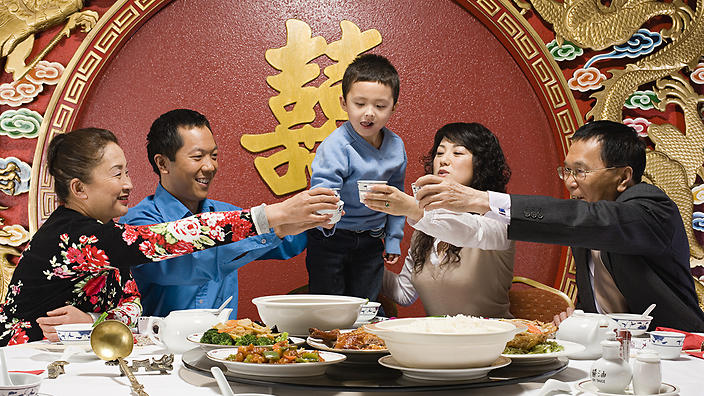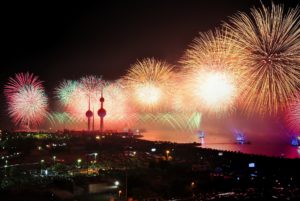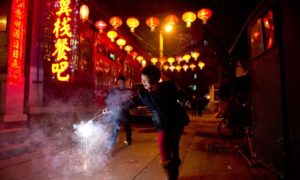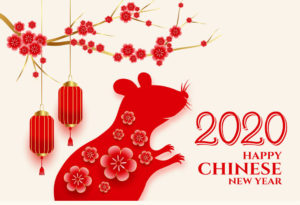新年快乐!
(Xīn Nián Kuài Lè!)
Happy New Year!
Today, China celebrates the beginning of a New Year. The traditional Chinese calendar is a Lunar Calendar, and the new year marks the end of winter and the beginning of Spring. Even though China has adopted the Gregorian calendar for business purposes, the festivals and traditional days of remembrance etc. are celebrated according to the Lunar calendar. This is pretty similar to how we Indians also use the Gregorian calendar for work and the Hindu calendar for festivals.
There are many, many interesting things about the Chinese New Year that we would like to share with you through this blog! And while we are talking about sharing thoughts – here’s one bit of awesome news for all of our students: TOD is celebrating the Chinese New Year all day, today at our institute in Pune! So head on over to the institute and celebrate with us.
First things first, here’s a little background information about the Chinese New Year –
The Chinese New Year is also called the Spring Festival or Chūn jiē (春节). Since the festival is celebrated according to the Lunar calendar, there is no fixed date on the Gregorian calendar which will mark the new year. Generally, the Chinese New Year will fall somewhere in the last week of January. This year, the 25th of January is the first day of the new year.
China is a country strongly rooted in agriculture, and the Spring Festival is significant for farmers because it symbolises the beginning of a new planting and harvesting season. It is a fresh start given to them by Mother Nature.
The New Year celebrations are 2 weeks-long, but families and friends are known to continue celebrations for more than 2 weeks too. It is the longest celebrated festival in the world.
Now that we know the foundation of the festival, we can move on to the fun part – food, firecrackers and gifts!
Chinese people love eating good food and have a vast culinary heritage dating back to thousands of years. The traditional feast which begins the festivities is the New Year’s Eve dinner (年夜饭- Nián yèfàn) or Reunion dinner (团年饭 – tuán niánfàn). This dinner is essential, and all the members of the family should be together for the feast. If a family member cannot come, then their spot is kept empty at the dinner table.
The food for the New Year festivities is phenomenal! The menu consists of Spring Rolls – 春卷 (chūn juǎn), Steamed Fish – 蒸鱼 (zhēng yú), Steamed Chicken – 蒸鸡 (zhēng jī), Chinese style stir-fried vegetables – 田园素小炒 (tián yuán sù xiǎo chǎo) and of course noodles. There is a vast variety of sweets such as Rice Cakes – 年糕 (nián gāo), Turnip Cakes – 萝卜糕 (Luóbogāo) and Taro Cakes – 芋头糕 (Yùtougāo) that is also enjoyed by Chinese families.
We want to draw your attention to one specific item which is mandatory at New Year’s feast – *drumroll please* it is none other than DUMPLINGS! Dumplings – 饺子 (jiǎo zi) are more than just a dish at the dinner table, they signify farewell to the old and welcome to the new. In Mandarin, 饺子 : jiǎo zi sounds like 交子 : jiāo zi (simply put – HOMONYMS). Now the word 交 (Jiāo) means “exchange” and 子(zi) is the midnight hours. As a phrase, they mean the changeover from the old year to the new year.
An exciting tradition is some of the dumplings may have a coin inside them. Whoever gets the dumpling with a coin inside it is believed to have an immensely lucky year.
New Year’s Eve is considered a time of love and family. Gifts are exchanged when near and dear ones meet. The elders in the family gift younger family members Red Envelopes – 红包 (hóng bāo) which contain money. This money is supposed to show the sharing of luck between the two generations; hence, people also call it “Lucky Money”. It is also known as 压岁钱 (yā suì qián) which means the money that will anchor you throughout the year.
Another highlight of the New Year Celebration is firecrackers. Firecrackers are burst to scare away the monster called Nian (年). Even though the Chinese government issues ban on firecrackers due to the environmental harm they cause, the citizens still burst a high amount of crackers.
On this day, the Chinese people also honour their ancestors and pray to the Gods. This is considered a spiritual practice that will bring good fortune and a plentiful harvest season.
Before we finish this blog, we MUST tell you about the Chinese zodiac sign of the year. This year, 2020 is the Chinese Year of the Rat. The rat is the first zodiac sign in Chinese astrology – it marks the beginning of a new zodiac cycle. The rat signifies surplus and wealth and weirdly enough – reproduction! Chinese couples pray to the rat to be blessed with children.
On this day – Team TOD wishes you a very Happy and Prosperous New Year! 新年快乐 (xīn nián kuài lè)!










